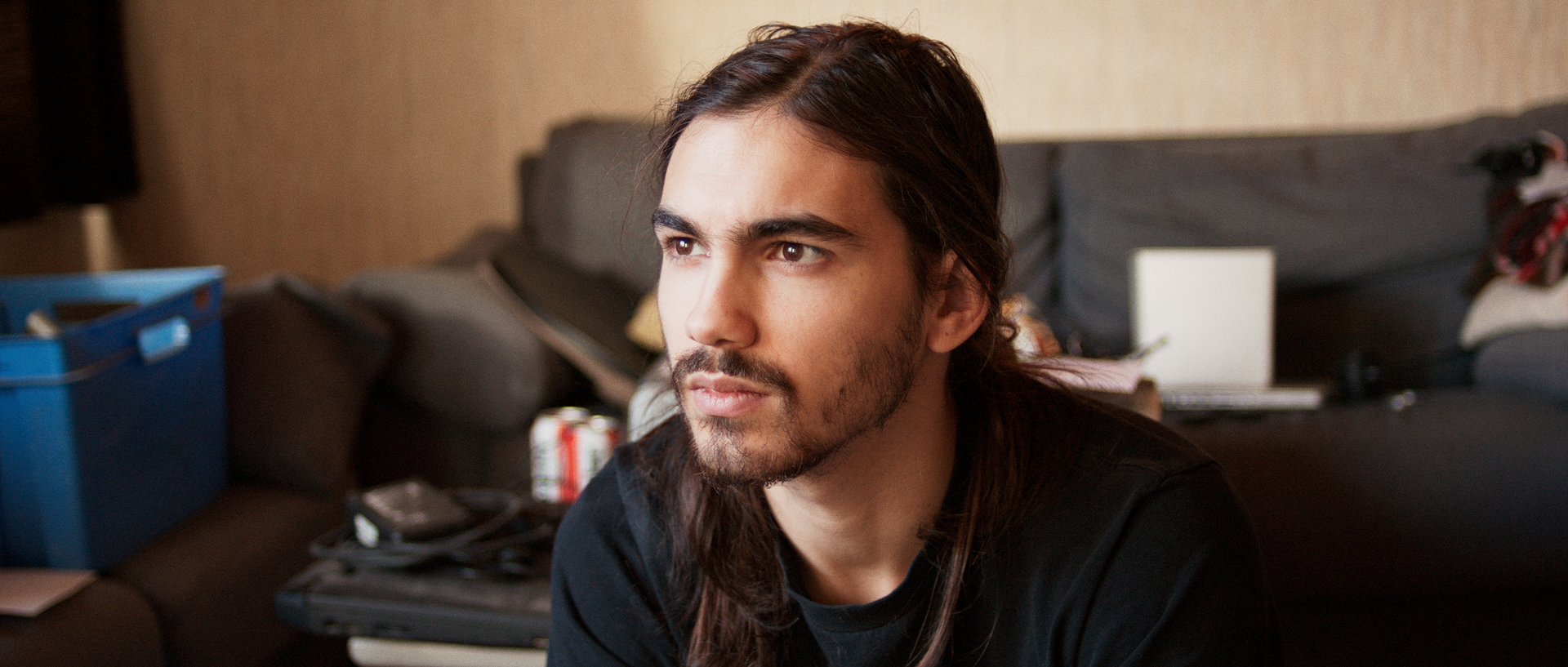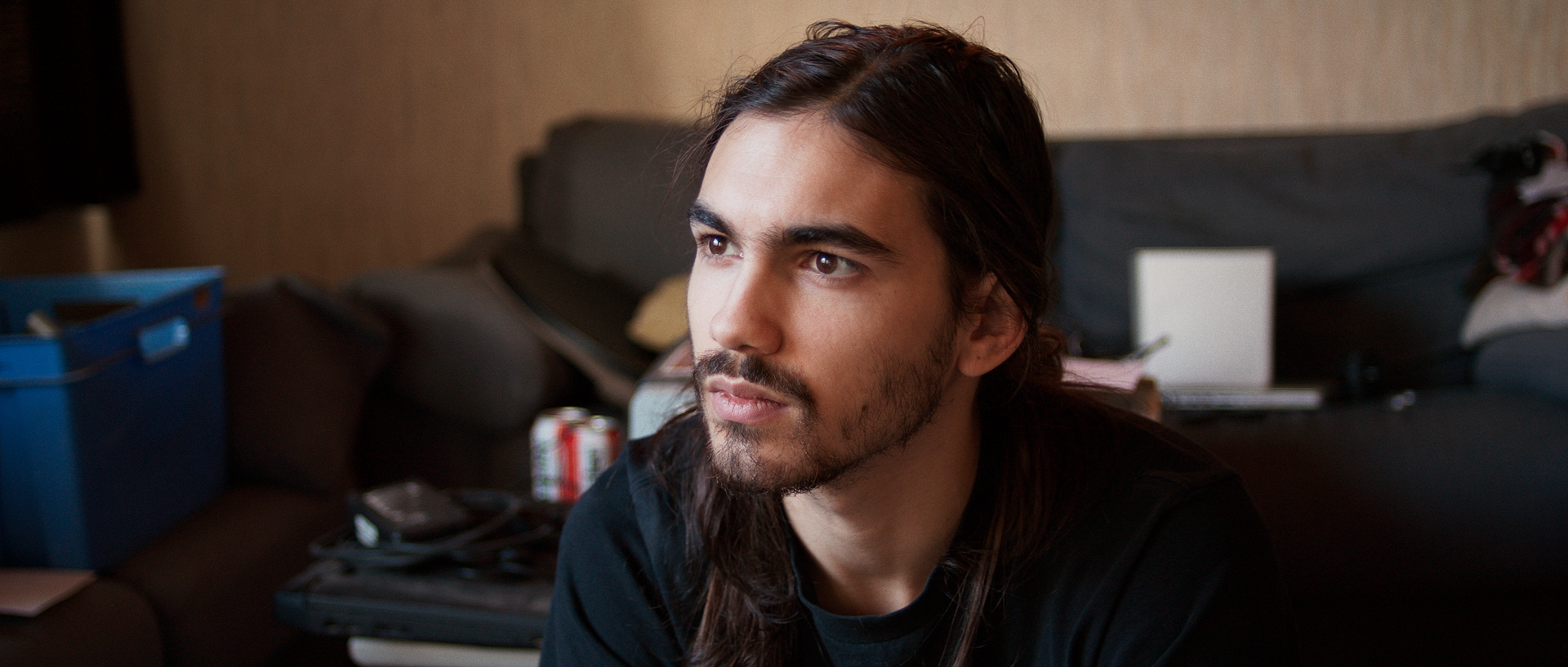TESTS: Zeiss Distagon 28mm f/2.0 T*, Sony Fs700, ACES color science, noise reduction/generation and Nuke/Resolve image pipelining.
20.01.2018
It can be tricky, finding a good balance between noise, sharpening, scaling and the general tonality of an image. I've literally spent countless hours for the last few years "wasting" time on trying to preserve as much detail and quality along the path down the imaging pipeline while insuring a sense of efficiency, manageable cooperation/interchangeability, (p)ease of mind and future proofing. ACES is definitely a part of it, no doubt in my mind.
The images below only have a rather simple noise reduction algorithm going on, just for the chroma noise while leaving the luminance noise intact. Usually I use Neat Video to clean it all up, make it smooth without losing too much detail and easily gain an additional 1 to 2 stops of shadow information that doesn't look hideously drenched in colored noise. Neat Video is pretty slow though so I was trying to find a workflow to minimize overall rendering times specifically for less quality demanding projects on which it is often speed that is more welcomed. Turns out the processing in Nuke is actually pretty slow compared to Resolve. But yeah, it's comparing apples and oranges really, Nuke is a compositing software, it doesn't need speed. It was interesting however to play around with the noise generator, all the different flavors of scaling algorithms and its denoising capabilities and user written gizmo's. I am however probably going to stick with the Neat Video/Resolve workflow as it is still the best in terms of quality and speed.
Ain't no such thing as a free lunch.
Below are two images from the Nuke workflow (1920px wide) I'm pretty happy with the quality but less so with rendering time. It even crashed on me a few times. I suspect it might be the X_denoise gizmo. It's rather demanding.
The color and tonality is simply standard ACES (S-Log2/S.Gamut Daylight input transform and sRGB display transform). I got lucky with the exposure so there were no other color manipulations performed on the image.
The pipeline goes as follows:
1. Import RAW data in LOG (0-1) color space (this is important because all scaling and sharpening math has to be performed in a display referred logarithmic space to avoid ringing artefacts)
2. Downscaling from UHD to HD (Lanczos4 filter to preserve detail without oversharpening)
3. Chroma noise suppression (X_denoise) - leave luminance noise intact. (Lanczos4 filter)
4. Separate luminance and chrominance
5. Slightly sharpen the luminance channel (radius set to 1; strength to 3)
6. Add (plus merge) the two channels back together
7. Generate some nice looking luminance noise and mix it in very subtle (over merge; mix set to 0.06). You want to generate the noise very fine and not sharpen it afterwards because sharpened noise is a dead giveaway of sharpening algorhithms. You can push the sharpening slightly further without it looking fake. Overly sharp noise doesn't look quite right.
8. Color space conversion from LOG to LIN. Nuke has to be set to ACES; input transform: S-Log2/S.Gamut Daylight; output transform: sRGB. I personally master all of my content for display on the web and at home at sRGB; I find that most people and devices are still working with Rec.709 primaries and standard 2.2 gamma - at least judging from all the images created by professionals from BluRay sources, Netflix, internet browsing, etc.
8. Quality control & done
I am pretty glad with the result; it is a nice look to have the image overall a little bit more grainy. It looks very similar to HD mastered 35mm film. With the Neat Video pipeline I can get it much smoother and achieve more of a large format look. Soon I'm going to build a new improved noise profile and see how it holds up.
Fun fact: both images have exactly identical color transforms applied. The difference you see is a thin cloud occluding the sunlight which was bouncing from the warm wallpaper in front of me (camera left). The two images were recorded just seconds apart. This is how much light influences an image and also informs us of the infinite complexity of natural light. What a wonder.

